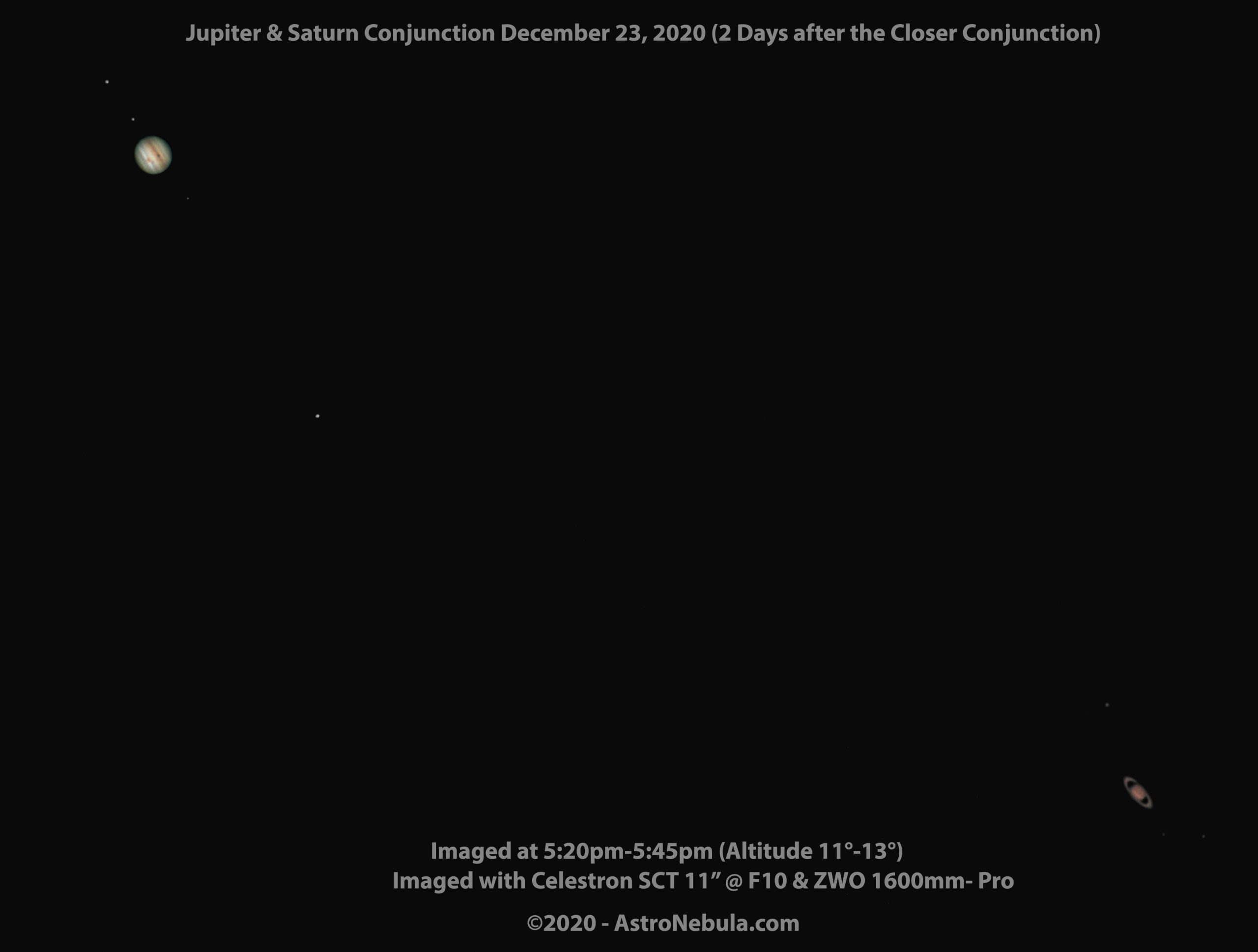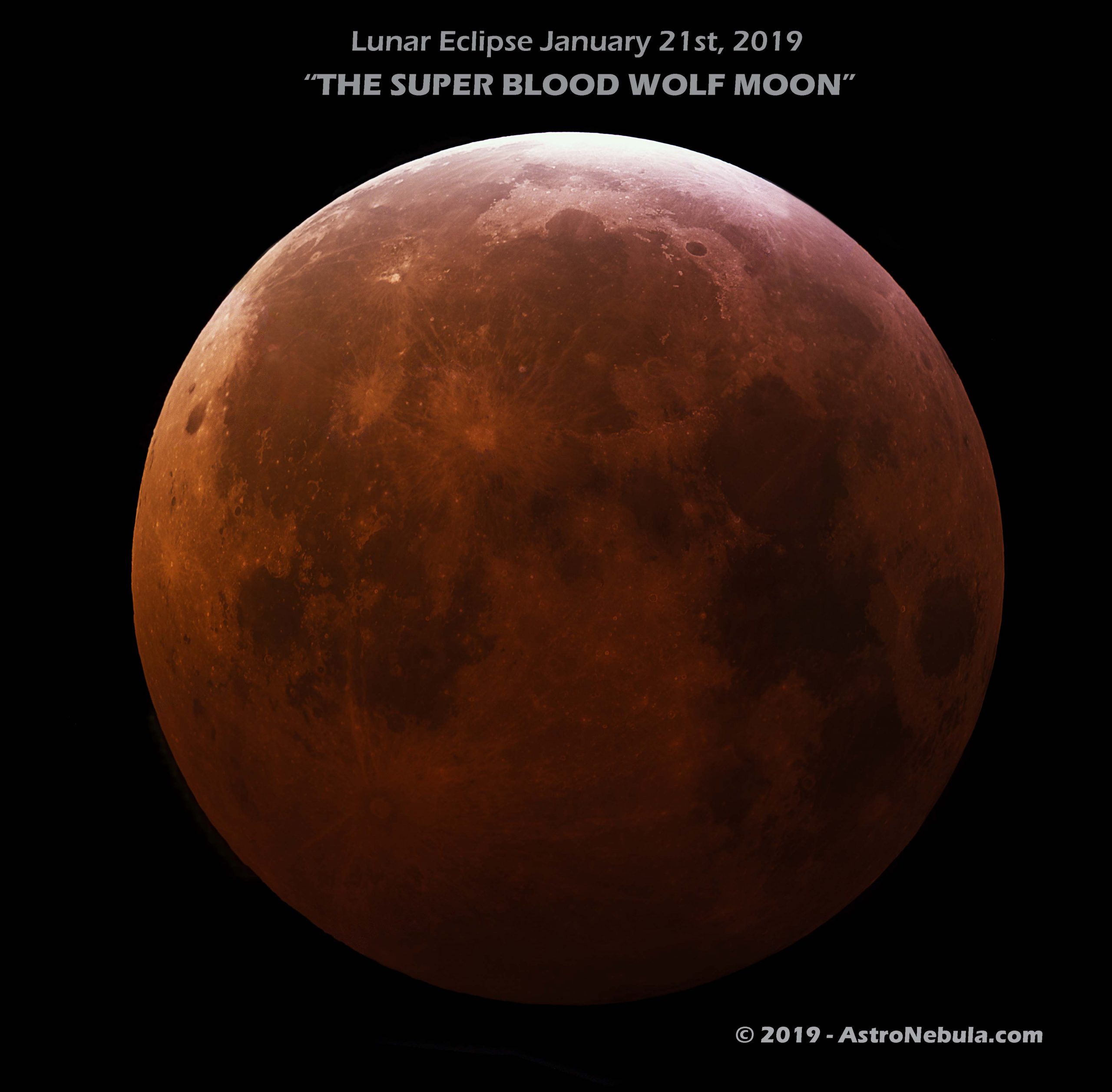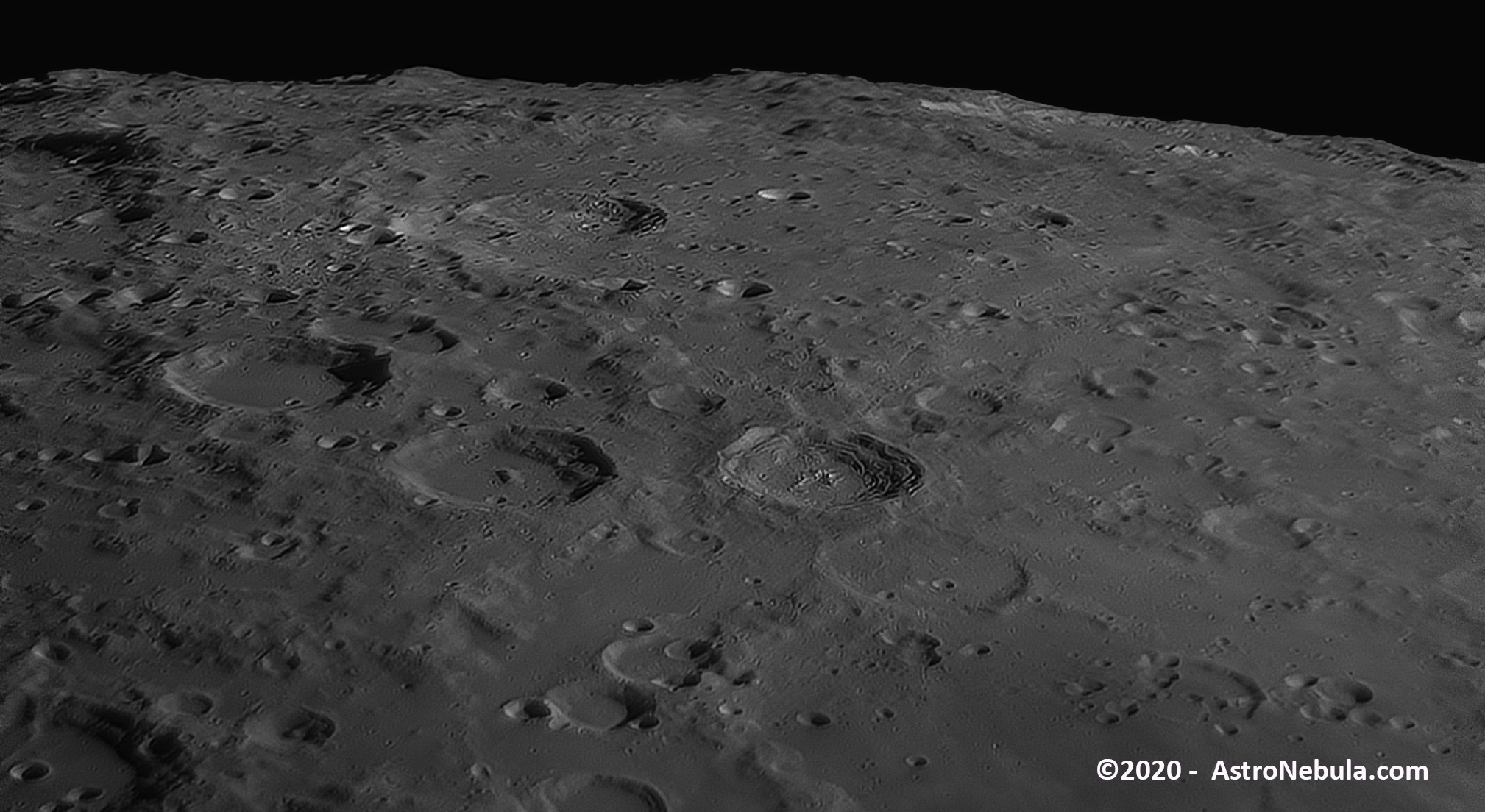Jupiter and Saturn Conjunction December 2020

Here is the Jupiter and Saturn Conjunction that happened around Winter Solstice. The closest approach happened on December 21st, 2020. It was too cloudy for me to image that night, so I tried the night before with a failed attempt due to clouds and the night after the closest approach to the conjunction. But the third time was a charm. So on December 23rd, the weather was predicted to be partly to mostly cloudy. It was mostly cloudy up to about 5:15pm and that is when I started to focus the Celestron C11. They were taken at about 13 degrees aove the horizon which is considered very poor seeing since you have to look through the Earths turbulent Atmosphere much more.
Due to the distance of the planets moving away from each other, I could not use my ZWO Planetary 290mm. So I needed to do some thinking on how to get the Frame rate of the imaging camera which is a ZWO 1600mm Pro to get as high as I can. The full resolution framerate of the 1600mm-P is 22 fps, but if you narrow the ROI (Region of Interest) it can speed up. I needed more speed because I was using a monochrome camera with a ZWO motorized color filter wheel. The chip inside the 1600mm is a CMOS and it has a rolling shutter, which means it takes each capture by scanning vertically so the larger the scale of the chip would make it slow.
But I knew this and studied the planets and the moons orientation from a program called Stellarium and I was able to get them in a horizontal position luckily by rotating my Camera. This allowed me to use a ROI of 4000×1200 pixels which then sped up the camera to about 60 frames per second. And that it what I needed at least to get Jupiter before its rotation of 60 seconds maxed out. Saturn on the other hand has a rotation period of 150 seconds so I was able to capture more frames as well.
So the total frames per stack/filter for Jupiter was a little over 1,500 frames. And Saturn was about 3,000+ Frames. And the moons were about 10 thousand frames. And if you look closly at Jupiter and zoom in, you can see the Great Red Spot and also as a bonus has one of Jupiter’s moon “Callisto’s shadow”.
Now how did I piece this together? I simply took 3 different types of exposures. For Jupiter I set the exposure time for Red, Green and Blue to 25 seconds each. And for Saturn I took a 50 second exposure of Red, Green and Blue. And to capture the moons, I used my Lum filter and let it run for about 3 minutes to get the moons. There was no time to twist the camera around and do a full ROI exposure as clouds started to roll in.
Now the process I used to piece this together was capturing the images with the program Firecapture, then I brought them into a program called PIPP, after that I stacked them in Autostakkert3. After I got the final Tiffs i combined the RGB frames in Photoshop and then ran them through Registax using the wavelets function that helps bring out the detail. After that I brought it into Photoshop to complete the recombination of the captures. So this final image is a composite of layers of different captures and then i added touch up details to make it look better.

